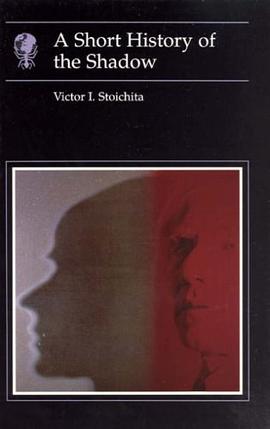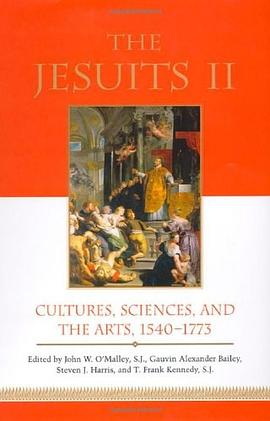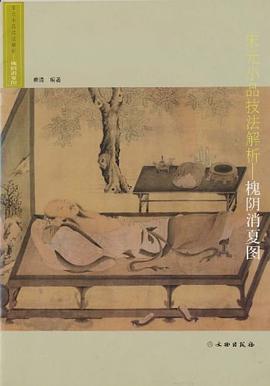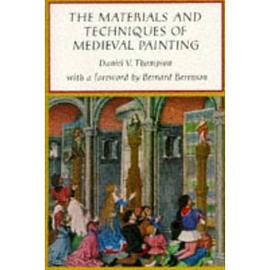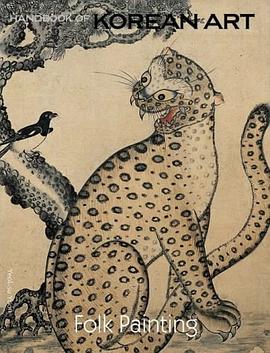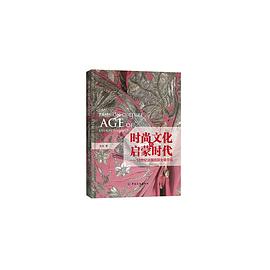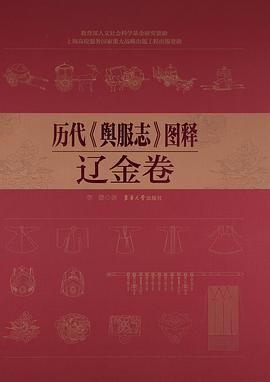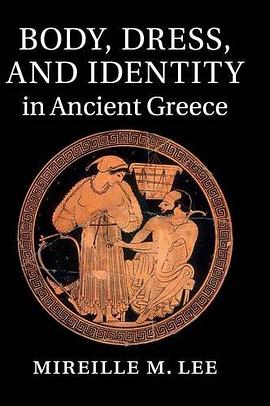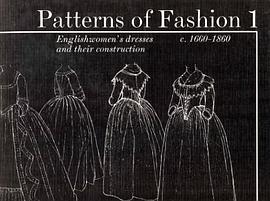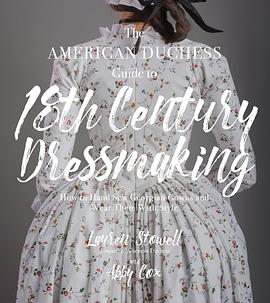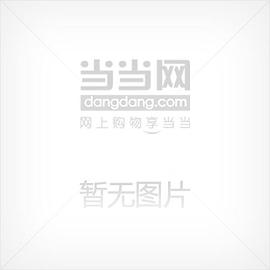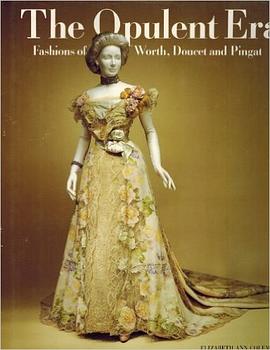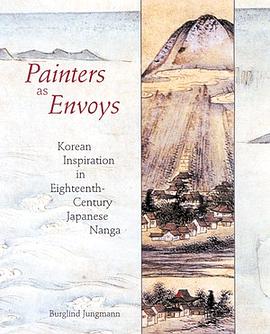

具体描述
It is well known that Japanese literati painting of the eighteenth century was inspired by Chinese styles that found their way to Japan through trade relations. However, because Japanese and American art historians have focused on Japanese-Chinese ties, the fact that Japan also maintained important diplomatic--and aesthetic--relations with Korea during the same period has long been neglected. This richly illustrated, cogently argued book examines the role of Korean embassies in shaping the new Japanese literati style, known as Nanga in Japan.
Burglind Jungmann describes the eighteenth-century Korean-Japanese diplomatic exchange and the circumstances under which Korean and Japanese painters met. Since diplomatic relations were conducted on both sides by scholars with a classical Chinese education, Korean envoys and their Japanese hosts shared a deep interest in Chinese philosophy, literature, calligraphy, and painting. Texts, such as Ike Taiga's letter to Kim Yusöng and Gion Nankai's poem for Yi Hyön, and accounts by Korean and Japanese diplomats, give a vivid picture of the interaction between Korean and Japanese painters and envoys. Further, the paintings done by Korean painters during their sojourns in Japan attest to the transmission of a distinctly Korean literati style, called Namjonghwa. By comparing Korean, Japanese, and Chinese paintings, the author shows how the Korean interpretation of Chinese styles influenced Japanese literati painters and helped inspire the creation of their new style.
作者简介
目录信息
Introduction 13
Part I: Historical Conditions and the Origin of the Style
Chapter One: Korean Embassies to japan in the Eighteenth Century 25
Chapter Two: Southern School Painting in China, Korea, and Japan 47
Part II: The Nanga Pioneers and Their Relationahip with Korea
Chapter Three: Gion Nankai and the Korean Embassy of 1741 75
Chapter Four: Sakaki Hyakusen, Yanagisawa Kien, and the An Ky&obreve;n School Style 103
Part III: The Second Generation: Ike Taiga and the Impact of Korean Namjonghwa
Chapter Five: Ike Taiga's Circle and the Korean Embassies 121
Chapter Six: Korean Influence on Ike Taiga's Painting Style 167
Chapter Seven: Korean True Scenery Painting and Its Spread to japan 187
Conclusion: Korean Contributions to the Creation of the Nanga Style 205
List of Characters 212
Appendix: Korean and Japanese Texts 219
Notes 223
Bibliography 253
Index 266
Photography Credits 272
· · · · · · (收起)
读后感
评分
评分
评分
评分
用户评价
相关图书
本站所有内容均为互联网搜索引擎提供的公开搜索信息,本站不存储任何数据与内容,任何内容与数据均与本站无关,如有需要请联系相关搜索引擎包括但不限于百度,google,bing,sogou 等
© 2025 book.quotespace.org All Rights Reserved. 小美书屋 版权所有

